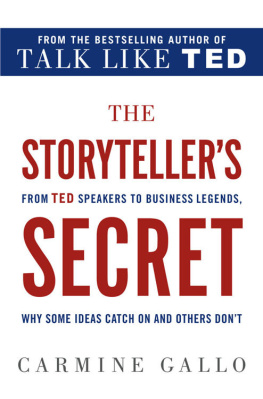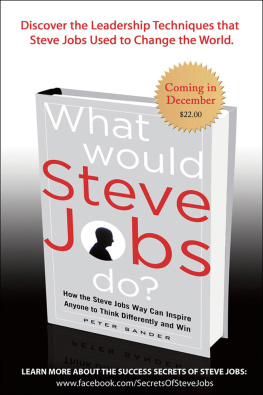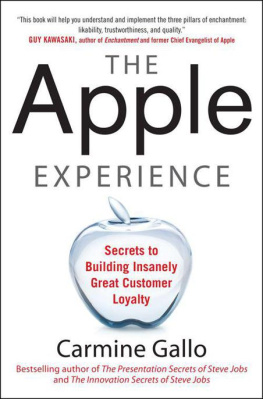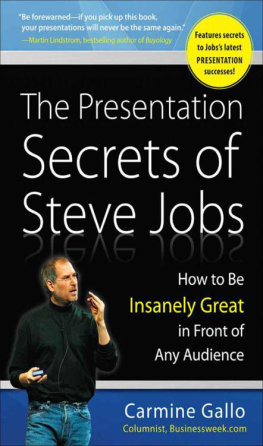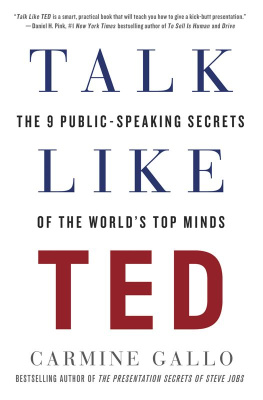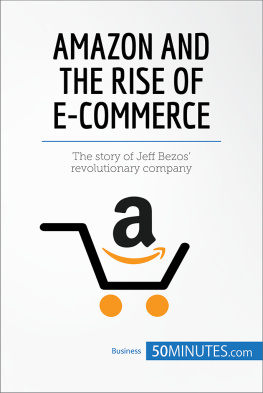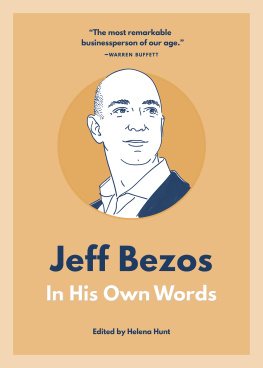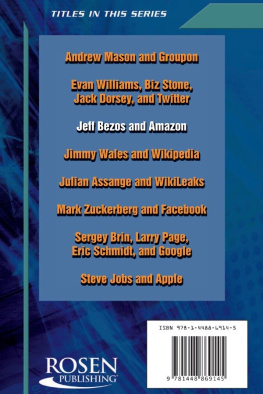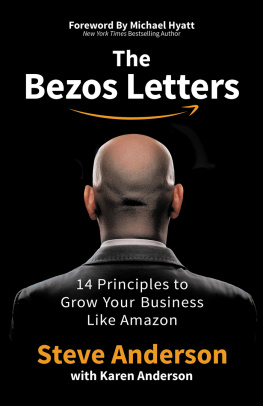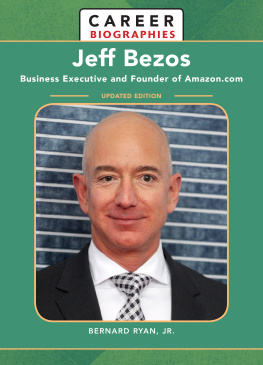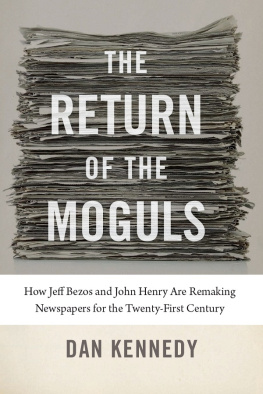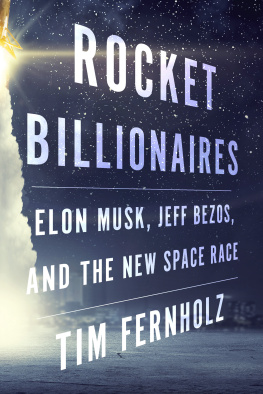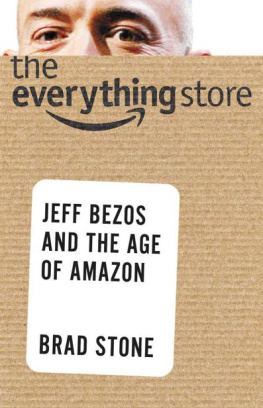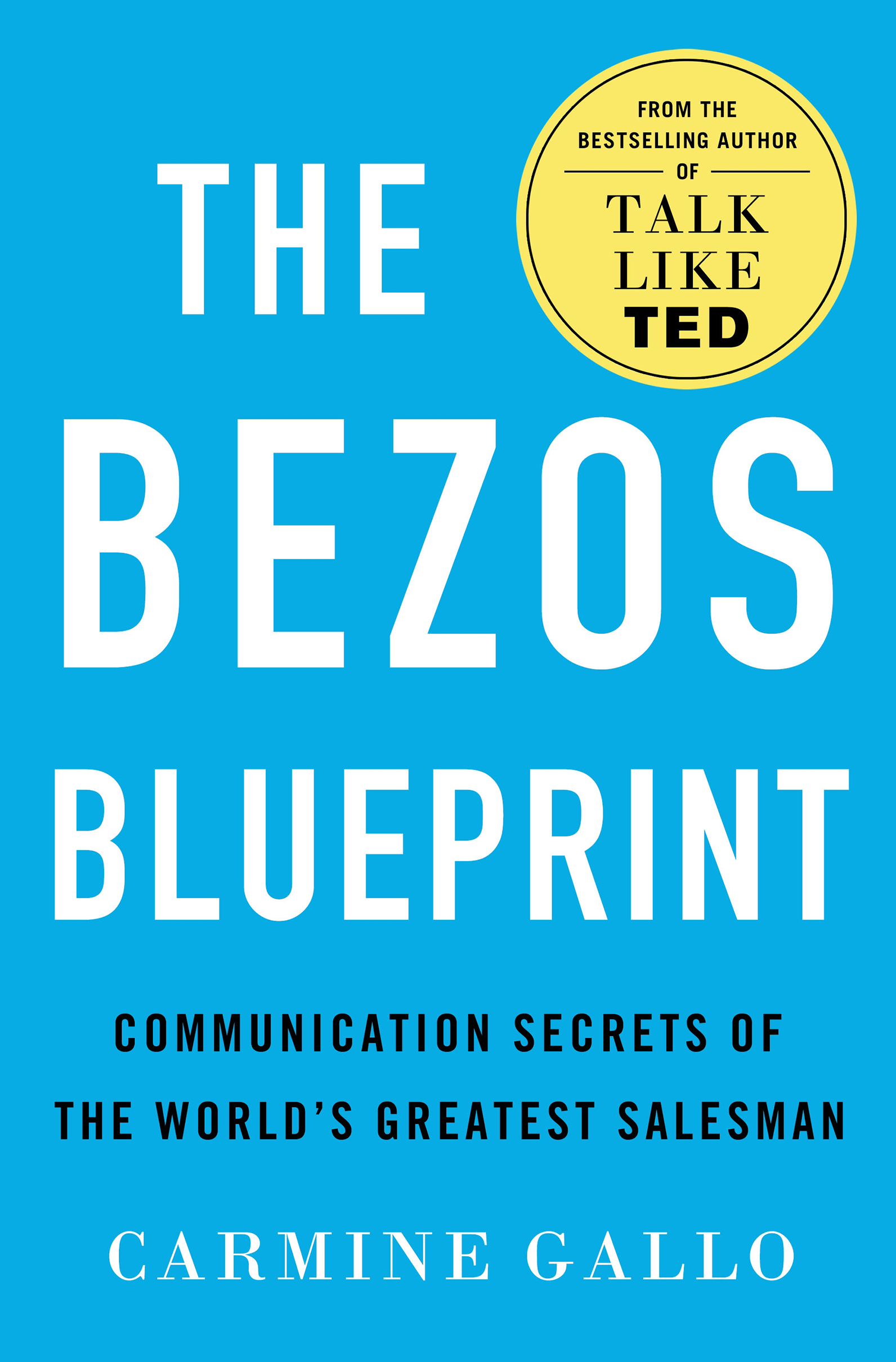Contents
List of Figures
Guide
Pagebreaks of the print version

The author and publisher have provided this e-book to you for your personal use only. You may not make this e-book publicly available in any way. Copyright infringement is against the law. If you believe the copy of this e-book you are reading infringes on the authors copyright, please notify the publisher at: us.macmillanusa.com/piracy.
For dreamers everywhere
When you pursue bold dreams, it helps to have a champion by your side. Vanessa Gallo is my champion. We met in 1996 and married two years later. Vanessas unwavering support gave me the confidence and courage to pursue my passion. Vanessa and I run a business that transforms CEOs and leaders into extraordinary communicators, and we enjoy teaching executive education classes together at Harvard University. My two daughters, Josephine and Lela, could not have asked for a better role model.
I also wish to thank the team at St. Martins Press for championing my work. Sally Richardson, St. Martins Publishing Group chair, has celebrated her fiftieth year at the company. Im thrilled to be part of Sallys orbit. Tim Bartlett, my editor at St. Martins Press, is a friend, sounding board, and supporter who always elevates the quality of my writing. My gratitude also goes to St. Martins sales, marketing, and publicity teams, as well as the good folks at Macmillan Audio who turn my writing into the spoken word.
Im deeply grateful for a long-standing relationship with my literary agent, Roger Williams. Thank you, Roger, for your invaluable insight, feedback, and history lessons.
Tom Neilssen and Les Tuerk, my keynote speaking agents at BrightSight Speakers, are promoters, teachers, friends, and truly inspiring people. Thank you for your guidance.
Im blessed to be surrounded by a wonderfully loving family: my mom, Giuseppina, my brother, Tino, and sister-in-law, Donna, and my two nephews, Francesco and Nick. I love you all.
Id also like to add a special thanks to the readers who champion my books. Your amazing ideas drive the world forward.
Wishing you success,
Carmine
In the summer of 2004, Amazon CEO Jeff Bezos made a surprising decision that shocked his leadership team. He banned PowerPoint. Instead of slides and bullet points, Amazons executive team would have to pitch ideas in the form of memos and narratives. The worlds most advanced e-commerce company had replaced a modern presentation tool with an ancient communication device invented more than five thousand years earlier: the written word. The new system forced everyone to share ideas using simple words, short sentences, and clear explanations. The blueprint that Bezos introduced set the foundation that would fuel Amazons astonishing growth for the next two decades.
Jeff Bezos is a dreamer who turned a bold idea into the worlds most influential company. Along the way, he created strategies to radically reimagine the way leaders deliver presentations, share ideas, and align their teams around a common vision. A student of leadership and communication, Bezos learned to motivate people to achieve what few thought was possible. Now the tools he used are available to you.
This book is not about Bezos the billionaire or Amazon the e-commerce juggernaut. Those subjects are covered in other books and in endless debates about the role of wealth or the impact of Amazons influence in the economy. No, this book is about something more fundamental that applies to each and every reader. The Bezos Blueprint focuses on an overlooked and underappreciated part of the Amazon growth story, a topic thats foundational to the success of your life and career: communication.
Until now, no author has focused squarely on the writing and storytelling skills that set Bezos apart. No book has analyzed the forty-eight thousand words Bezos wrote over twenty-four years of shareholder letters. And no author has interviewed as many former Amazon executives and CEOs who have adopted the Bezos communication model to build their own companies.
One legendary Silicon Valley venture capitalist told me that business school students should be required to learn about Bezoss writing and communication strategies. He even said hed teach the class himselfif he were twenty years younger.
Bezos pioneered communication tools to elevate the way Amazonians write, collaborate, innovate, pitch, and present. By doing so, he created a scalable model that could grow from a small team working in a Seattle garage to one of the worlds largest employers. In short, Bezos drew a blueprint.
I teach communication skills to executives in an advanced leadership program at the Harvard University Graduate School of Design. They are leaders in the built environment: designers and developers who have created magnificent structures, buildings, and even cities around the world. Their vision is to build smarter, healthier, greener, and, overall, better places to live. Communication-skills training is an essential part of the curriculum, because if they cant sell their idea to investors, stakeholders, and community members, theres little chance that anything will be built.
But no matter how grand the vision, nothing happens without a blueprint.
A blueprint translates a designers vision into a detailed model that others can follow to bring the idea alive. It acts as a plan to make sure everyone in the construction process is on the same page. In addition, blueprints are scalable, so the designer does not have to be present for engineers, contractors, and workers to turn the vision into reality.
Although Jeff Bezos stepped down as Amazons CEO in 2021 to pursue his passion for philanthropy and space exploration, the communication blueprint he created continues to serve as a model for employees and leaders in every part of the company. Current Amazon executives use the same language and expound on the same principles that Bezos consistently repeated in speeches, interviews, and presentations over his twenty-seven-year tenure.
The communication strategies that Bezos pioneered at Amazon stretch far beyond the companys giant footprint. Amazon is known as Americas CEO Factory, spawning a legion of entrepreneurs who have founded their own start-ups, many of which touch your life every day. They are part of what The Wall Street Journal calls the diaspora of Amazon alumni spreading the business gospel of Jeff Bezos across the corporate world. These former executives, many of whom youll meet in this book, are adopting aspects of the Amazon culture that fit their leadership style and discarding the parts of the culture that do not work for them.
The blueprint left an indelible impression on Adam Selipsky. After working at Amazon for eleven years, Selipsky left the company in 2016 to be the CEO of Seattle software giant Tableau. One of the things I flagrantly ripped off from Amazon was the narrative, he admitted. Bezoss ideas like replacing PowerPoint with written narratives or crafting a press release before building a product (strategies youll learn in upcoming chapters), served as a model for Selipsky well after his career at Amazonand when he came back.
Selipsky returned to Amazon in 2021 to run Amazon Web Services, Amazons cloud-computing division that powers the backbone for more than one million customers such as Netflix, Airbnb, and Zoom. In his first televised interviews as the chief executive of AWS, it was hard to tell Selipsky apart from the Amazon founder, even though Selipsky had never worked directly for Bezos (he worked for Andy Jassy, who replaced Bezos as Amazon CEO).


